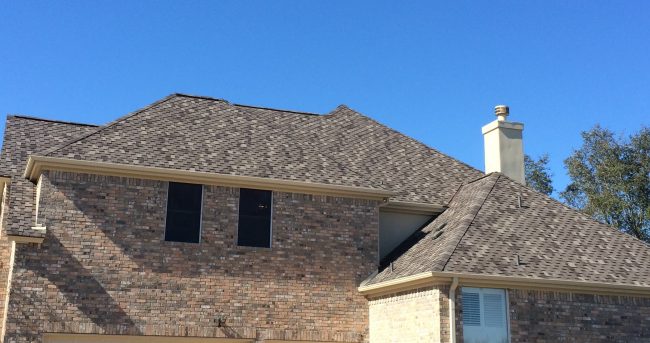
Hipped roofing is a favored among many homeowners for its looks, durability and storage options. If you’re in the market for a new roof and a little overwhelmed with your options, consider a simple — yet stylish — hipped design.
Designs
Hipped roofing is a style of roof construction that slopes downward toward the walls of the home — eliminating gables. Hipped roofing comes in a variety of forms, each with its own set of advantages and disadvantages. Before building your hipped roof, think about what works best for your needs. If you have a large family and require lots of storage, space-friendly designs are best — although most hipped roofing designs offer additional space.
Benefits
Hipped roofing’s lack of large, flat faces makes it better suited than other types of roofing for hurricane- or tornado-prone areas. Steeply sloped (or pitched) roofing is ideal for extreme winds. If you’re considering adding a hipped roof to your home, make sure your roof slopes at least 35 degrees from horizontal.
Hipped roofing also offers additional storage and attic space above your home. With the additional space, vaulted ceilings and finished attic spaces are a possibility.
Use
Hipped roofs are most commonly seen in Prairie Style homes (a style pioneered by Frank Lloyd Wright), bungalows and cottages. Some larger, multi-story homes from the latter 19th and early 20th centuries also sport hipped roofing. In modern architecture, hipped roofing is used in more than one style of design. Hipped roofing is seen in buildings ranging from prefab to ultra-modern.
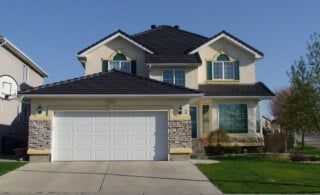 Rubber Roofing – Benefits & Alternatives
Rubber Roofing – Benefits & Alternatives 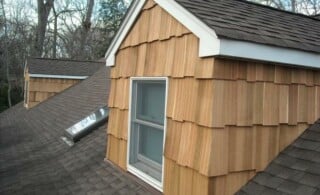 Should You Layer Shingles on Your Roof?
Should You Layer Shingles on Your Roof? 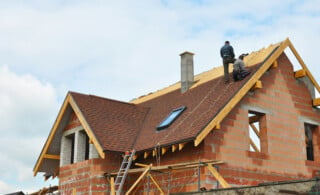 Are Dormers Right for Your Home? A Look at the Pros and Cons
Are Dormers Right for Your Home? A Look at the Pros and Cons 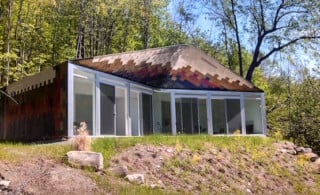 For Reduced Energy Costs, Try a Reflective Roof Coating
For Reduced Energy Costs, Try a Reflective Roof Coating 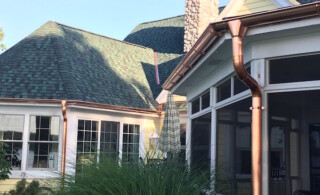 Copper Guttering: A Stylish Addition
Copper Guttering: A Stylish Addition 

Are You Familiar With This Topic? Share Your Experience.